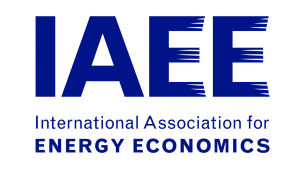CEFGroup’s new IAEE working paper highlights that NZU prices may have been distorted by overallocation and unlimited international offset. Abstract below:
ABSTRACT
The New Zealand Emission Trading Scheme (NZ ETS) is the second oldest national ETS in the world and is unique in that it includes forestry as a carbon sink (a source of unit supply). Further, NZ ETS has been subject to many policy changes including a switch from allowing unlimited importation of units to becoming completely autarkic. In this context, we analyse the pricing dynamics for New Zealand Units (NZUs) driven by the interaction between allowances supply and demand between 2010 and 2019 and for two sets of subperiods divided by the official and actual de-link dates. Our empirical models find that international offset negatively affected NZU returns before the actual de-link date, domestic supply after the official de-link date, and banked units between the official and actual de-link dates, and that green (mainly forestry) offsets, surprisingly, positively affected NZU returns before the actual de-link date. Our results also highlight that from a demand perspective, sectoral effects had significant relationships with NZU returns with different dynamics. Namely, manufacturing and construction activities shifted to negatively affect NZU returns after the official de-link date, implying that fixed allocative baselines have resulted in over-allocation over time. Stationary energy sector activities shifted from negatively to positively affecting NZU returns after the official de-link date probably due to their exploitation of unlimited international offset during the linking period.
A copy of the working paper could be found via the following link: The Role of Fundamentals and Policy in New Zealand’s Carbon Prices
Authors: Ms Ling Liao, Professor Ivan Diaz-Rainey, Dr Sebastian Gehricke, Dr Duminda Kuruppuarachchi


